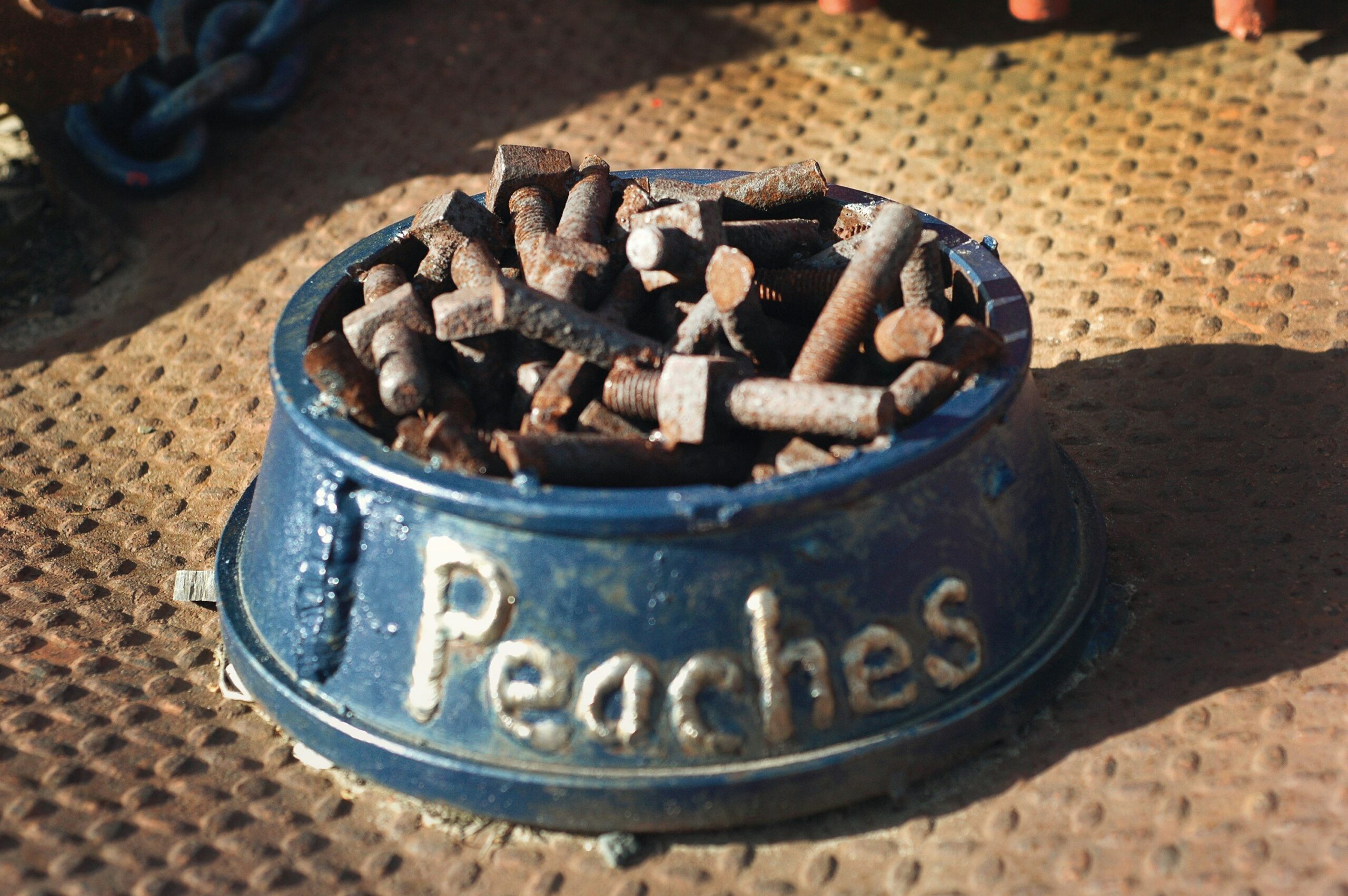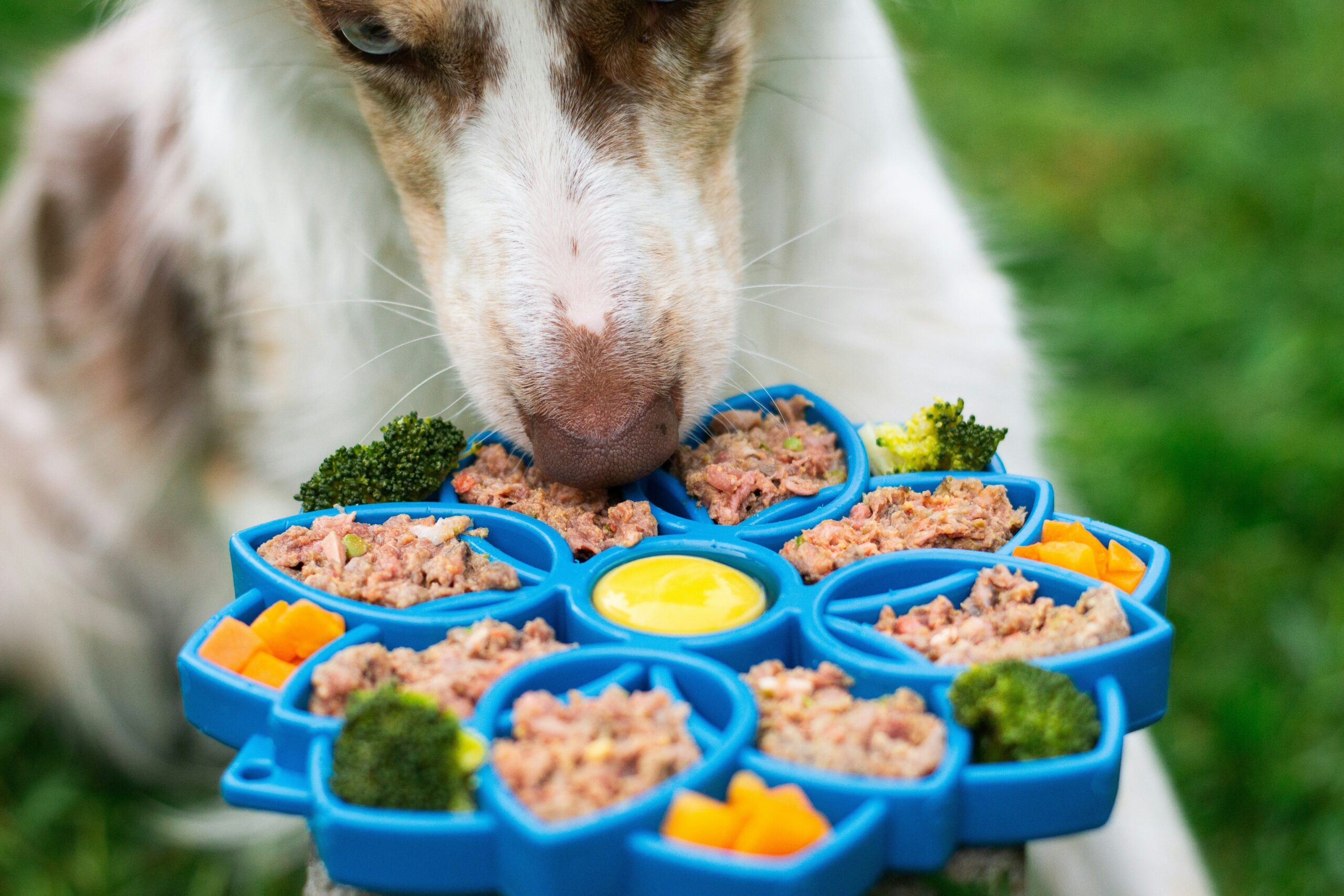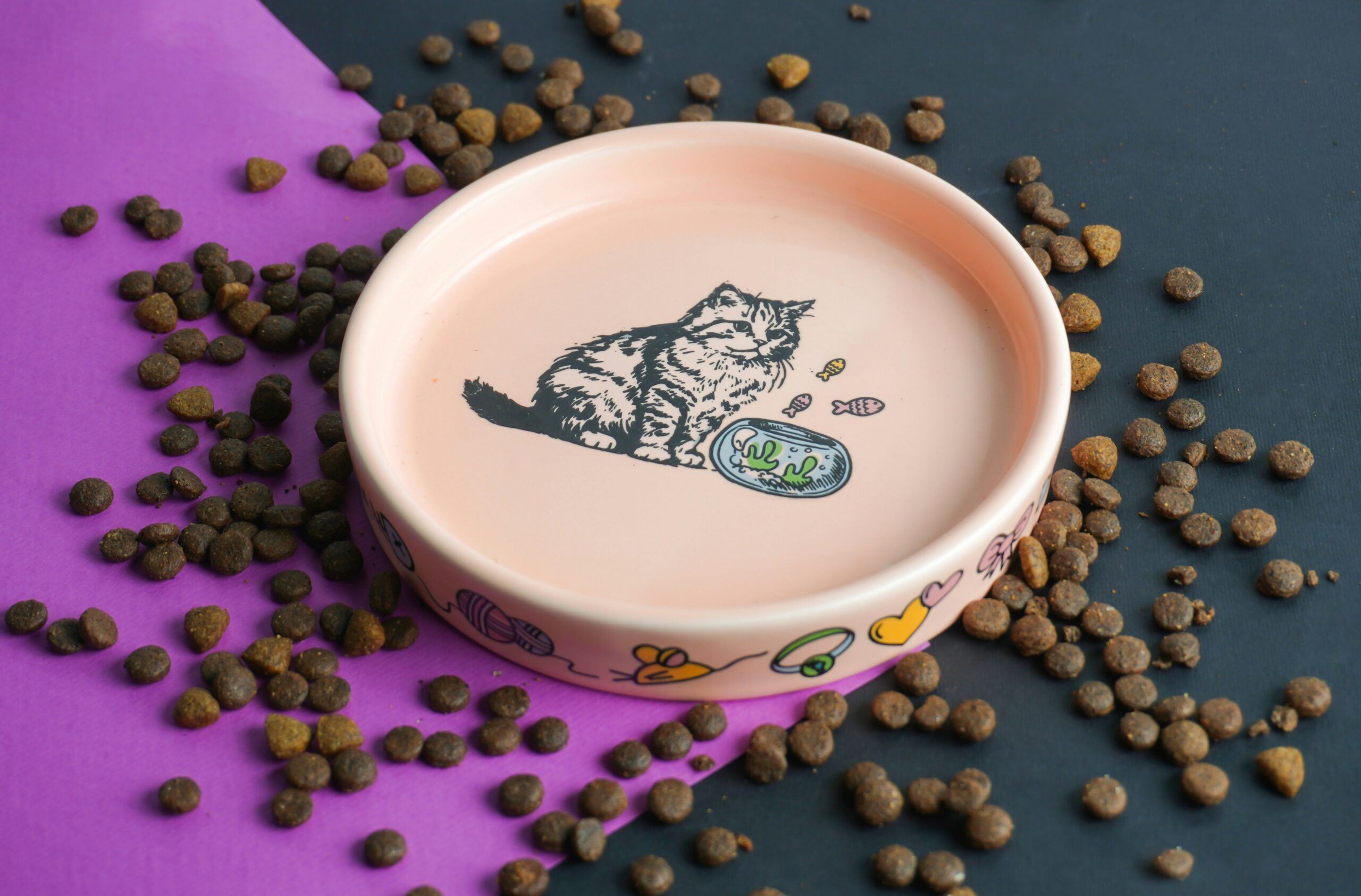Ever noticed your hardworking hunting dog limping after a long day in the field, struggling to bounce back? Yeah, you’re not alone. Many hunters overlook recovery nutrition as the key to their dog’s performance. But what if we told you that specialized hunting dog recovery food could change everything?
In this guide, you’ll discover why proper recovery food matters, step-by-step strategies for choosing the right option, proven feeding tips, and real-life examples of dogs thriving under optimal care. Let’s dive in!
Table of Contents
- Why Does Hunting Dog Recovery Food Matter?
- Step-by-Step Guide to Picking the Best Recovery Food
- Top Tips for Feeding Your Hunting Dog
- Real-Life Success Stories: Dogs That Thrive on Recovery Food
- Frequently Asked Questions About Hunting Dog Recovery Food
Key Takeaways
- Hunting dogs require nutrient-dense recovery food tailored to their high-energy demands.
- Choosing the wrong recovery food can lead to fatigue, injuries, or poor performance.
- The best foods combine protein-rich ingredients with anti-inflammatory properties.
- Feeding schedules must align with intense activity levels and rest periods.
Why Does Hunting Dog Recovery Food Matter?
Hunting dogs are athletes. They sprint through fields, leap over obstacles, and endure hours of rigorous exercise—all while working closely with their human partners. Unlike couch-potato companions, these pups need more than generic kibble; they crave precise nutrition designed to repair muscles, replenish energy stores, and reduce inflammation post-hunt.
Here’s where it gets wild: According to veterinary studies, up to 60% of hunting dogs show signs of delayed recovery due to inadequate diets. That sluggishness may seem like normal exhaustion, but it’s often a cry for better fuel.

“Optimist You: ‘A good meal will fix my dog’s energy issues!'”
“Grumpy You: ‘If only premium food didn’t cost an arm and a leg.'”*
Step-by-Step Guide to Picking the Best Recovery Food
Step 1: Understand Key Nutrients
Protein is king when it comes to muscle repair. Look for formulas rich in animal-based proteins like chicken, turkey, or salmon. Omega-3 fatty acids—often found in fish oils—are excellent for reducing inflammation.
Step 2: Avoid Fillers and Byproducts
Stay away from ingredients like corn, wheat, and artificial preservatives. These fillers might save dollars upfront but sabotage your pup’s health in the long run.
Step 3: Check for Anti-Inflammatory Additives
Turmeric, glucosamine, and chondroitin sulfate are powerhouse additives that help joints recover faster and stay flexible—an absolute necessity for hunting breeds.
Top Tips for Feeding Your Hunting Dog
- Feed Post-Hunt: Aim to feed within 30 minutes of returning home. This timing maximizes nutrient absorption and kickstarts recovery.
- Hydration Is Non-Negotiable: Pair recovery meals with ample water to support digestion and maintain electrolyte balance.
- Portion Control: Overfeeding can do more harm than good. Stick to recommended portions based on your dog’s weight and activity level.
Warning: One “terrible tip” floating around suggests using leftover table scraps as recovery snacks. Do NOT do this. Table scraps lack balanced nutrients and can upset your hunting dog’s stomach.
Real-Life Success Stories: Dogs That Thrive on Recovery Food
Let’s talk about Max, a loyal English Pointer who used to drag his paws at the end of hunting season. His owner swapped his old diet for a top-tier recovery formula packed with omega-3s and joint-supporting glucosamine. Fast forward six months, and Max was outrunning half the squad again!

We’ve also seen Labradors, German Shorthaired Pointers, and Beagles transform thanks to nutrient-focused regimens. The results speak for themselves: less stiffness, quicker recovery times, and brighter eyes full of life.
Frequently Asked Questions About Hunting Dog Recovery Food
Q: Can I use regular dog food instead of recovery food?
Absolutely not. Regular dog food lacks the concentrated nutrients needed for high-performance animals recovering from physical exertion.
Q: How much does hunting dog recovery food typically cost?
Prices vary depending on brand quality and serving size, generally ranging from $40–$70 per bag. Think of it as an investment in your dog’s longevity and performance.
Q: What should I look for on the ingredient label?
Prioritize whole meats (not byproducts), antioxidants (like blueberries), and anti-inflammatory supplements such as turmeric or fish oil.
Conclusion
Your hunting partner deserves nothing less than the best—and now you know how crucial hunting dog recovery food truly is. From selecting nutrient-packed options to implementing smart feeding practices, every choice impacts your dog’s well-being.
Rant break: Seriously, folks, stop skimping on recovery nutrition just because it costs a bit extra. Your pup busts tail for you out there; return the favor with the right fuel.
Like finding hidden Easter eggs in retro videogames, discovering great recovery foods takes effort—but the rewards are worth it.


